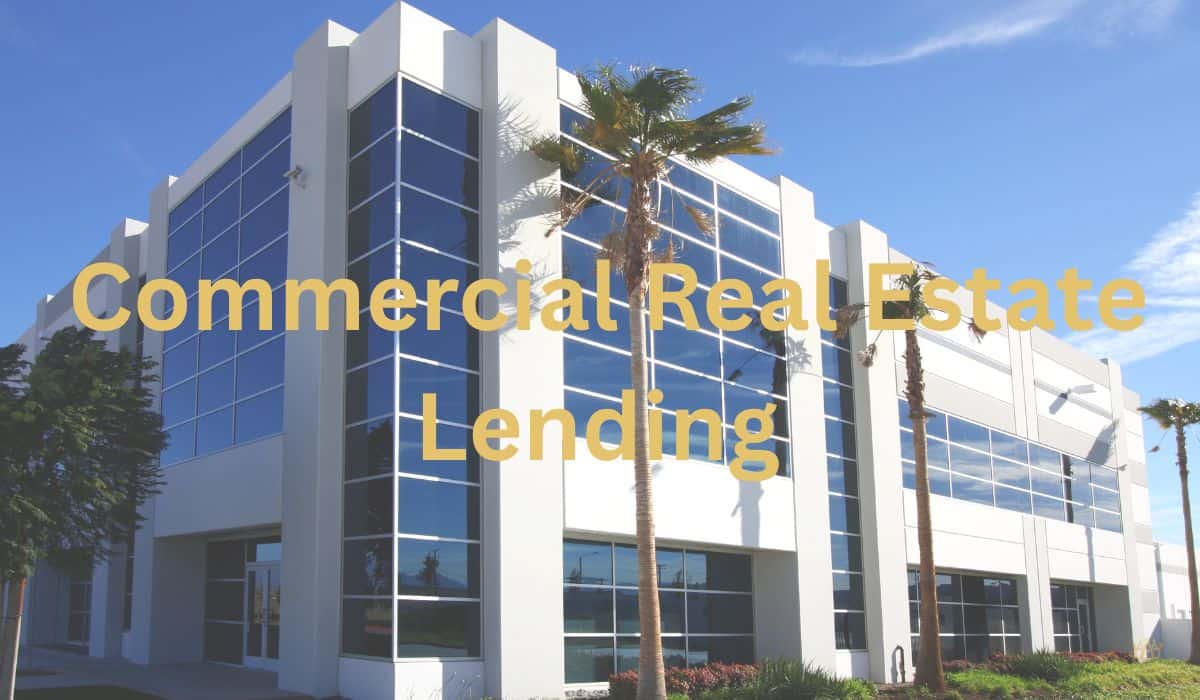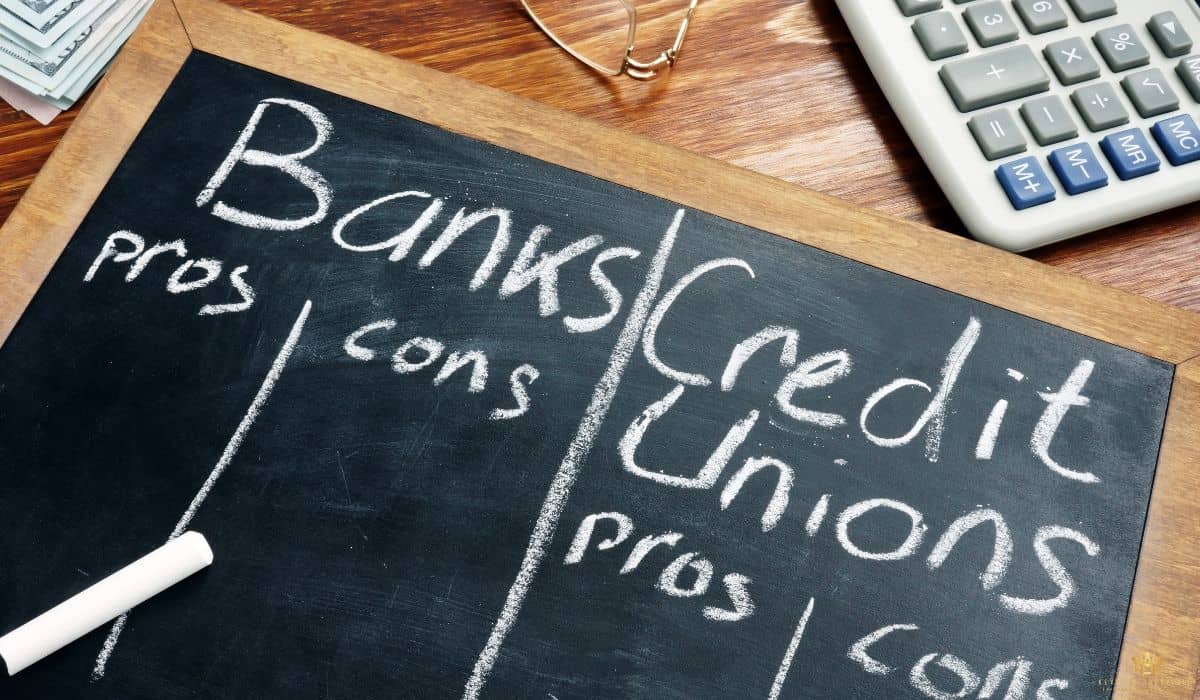Here’s a surprising fact: The U.S. alternative lending market hit a massive $284.5 billion in 2024. With more investors turning to creative financing options over stiff bank loans, it’s set to reach $378.6 billion by 2028.
That’s a game-changer for anyone diving into commercial real estate! From our experience, partnering with commercial real estate money partners unlocks doors to bigger deals, diverse property types, and higher returns.
This guide is for anyone serious about leveling up in real estate investing, especially those searching for the right commercial real estate money partners to help unlock bigger deals and higher-value properties.
We’ll walk through how partnerships work, where to find the right investors, and how to structure long-term relationships that create lasting value.
If you’re new to real estate investment or a seasoned developer expanding into new asset classes, there’s something here for you.
For more context, our recent piece on portfolio lenders commercial real estate broke down lender strategies, while our upcoming article on alternative financing vs bank loans commercial will dig into funding choices.
Both tie into our post on alternative financing methods, guiding you through the evolving market of real estate investment.
Let’s start!
Short Summary
- Commercial real estate money partners include limited partners, equity investors, debt partners, and thematic investors.
- Partnering can open doors to larger investment funds, better financing options, and a wider range of property types.
- Choosing between equity or debt partnerships depends on your goals, risk profile, and deal structure.
- Legal agreements, loan programs, and management responsibilities should be clearly defined from the start.
- Finding the right partners means networking smart, verifying track records, and using market data to make informed decisions.
- Long-term success comes from transparent communication, active asset management, and building strong relationships over time.
What Are Commercial Real Estate Money Partners?
If you’re exploring ways to scale your real estate investing, working with commercial real estate money partners can be a game-changer.
In this section, we’ll walk through the different types of partners, why partnerships often outperform solo efforts, and how smart alignment creates smoother deals and stronger returns.
Types Of Commercial Real Estate Money Partners
There are four main types we typically come across:
- Limited partners are usually passive backers. They invest capital, but they don’t get involved in day-to-day management.
- Equity investors take on ownership stakes. They share in profits and losses based on their contributions.
- Debt partners lend money to the deal. They’re focused on getting repaid with interest rather than owning any part of the property.
- Thematic investors put their money into deals that match a specific investment strategy; for example, only funding industrial or retail projects, or properties in rapidly growing cities.
Consider this scenario: a team sourced funds from a thematic partner who only invested in converted office spaces near urban transit. Because they had that focused mission, it was easier to align on goals and timelines.
Why Partnering Beats Going Solo
Doing deals alone can limit your access to bigger assets and stronger investment funds. Partners bring in more capital, more expertise, and sometimes even more attractive loan programs.
In one example, an investor wanted to acquire a $10M commercial real estate project but could only secure $4M alone. Partnering with an equity group made the deal possible and brought better terms from the lender, too.
Solo deals often force tough trade-offs. With partners, you’re looking at larger target assets, more flexible financing options, and room to diversify into different property types like residential properties, retail, or industrial buildings.
Aligning Goals And Expectations
A strong partnership works best when everyone’s aligned on investment goals, risk tolerance, and expected risk adjusted returns.
For instance, imagine one partner prioritizes monthly income while the other wants long-term development gains. Without early conversations, that mismatch could throw off the deal structure or even the exit strategy.
Here’s what’s worked for us in similar setups:
- Define timelines up front. Are you holding for 5 years or flipping in 18 months?
- Agree on return targets; higher returns often come with higher risk.
- Clarify roles. Who’s managing the asset, who’s handling legal, who’s leading the management team?
It’s always smart to have a third party, like a chief operating officer, step in to guide roles and streamline communication early on.
Strong partnerships don’t just unlock capital. They keep everyone focused, reduce friction, and build momentum toward long-term success.
Partnership Structures And Financing Explained
Understanding how commercial real estate money partners structure deals is key to making the numbers work and keeping everyone on the same page.
In this section, we’ll break down common partnership types, how financing fits in, and what every investor should know before signing on.
Equity Vs. Debt Partnerships
Most real estate partnerships fall into two categories: equity or debt. Each has its perks, and knowing which model fits your project can make or break the deal.
Equity partnerships involve shared ownership. Everyone splits profits, losses, and decisions based on their share.
Debt partnerships are more like lending relationships. One side puts up the capital, gets paid a fixed return, and doesn’t take part in operations.
Some investors use a blend. For example, an equity partner might also issue a short-term bridge loan to cover predevelopment costs.
In a past deal we reviewed, a retail developer teamed up with two limited partners on an equity basis and brought in a debt partner to cover the mezzanine layer. That combo kept costs low while maintaining control over the vision.
Loan Programs And Better Financing Terms
The right partner can help unlock access to loan programs that solo investors might not qualify for.
- Portfolio lenders may offer better terms if there’s strong sponsorship or co-signing from an experienced firm.
- SBA 504 or 7(a) loans become more attractive when a management team brings a proven record in commercial real estate.
- Institutional lenders, like JPMorgan Chase, often prioritize groups with strong financial backing and operational support.
For example, when partners pool credit histories and balance sheets, lenders feel more secure. That usually leads to better interest rates, higher leverage, or longer amortization periods.
Key Legal Terms To Know
Every partnership should start with a clear agreement. Here are a few legal points to never overlook:
- Capital contribution requirements
- Preferred return structure and profit-sharing splits
- Dispute resolution process and exit rights
- Voting thresholds for big decisions
Skipping this step invites risk. There’ve been cases where confusion around distribution rights caused tension mid-deal. Avoid that by spelling everything out early.
COO And Management Team Roles
When things scale up, execution matters. This is where your chief operating officer and broader management team come in.
- The COO often handles deal logistics, timelines, and liaising with lenders.
- A good team coordinates due diligence, inspections, and closing checklists.
- Their job isn’t just oversight; it’s making sure the process doesn’t stall.
A clear chain of command helps when juggling vendors, inspectors, and funding deadlines. For example, in a development deal involving three investor groups, assigning a COO to lead weekly status updates helped prevent delays that could have cost six figures.
Shared Responsibilities And Due Diligence
Strong partnerships rely on shared effort. Everyone should contribute, and everyone should verify.
- All partners should review market comps and rental projections.
- Legal reviews, title reports, and insurance policies need sign-off from more than one party.
- Background checks on contractors and third-party consultants should be routine.
This isn’t about micromanaging. It’s about protecting the investment. When we’ve seen issues pop up, they usually traced back to one partner assuming the other had it covered. That’s avoidable with a checklist and regular check-ins.
When the structure is solid and roles are clear, the rest of the process moves faster. And that keeps your team focused on scaling, not scrambling.
How To Find And Vet The Right Money Partners
Finding reliable commercial real estate money partners is part strategy, part instinct. It helps to know where to look, what to ask, and how to verify that someone brings real value to the table. Let’s break it down.
Where To Network
Start with places where serious investors gather. You’ll meet people who understand commercial real estate and speak the same language.
- Real estate investing meetups or local REIAs (Real Estate Investment Associations)
- Industry conferences like ICSC, IMN, or regional expos focused on commercial real assets
- Online platforms like LinkedIn, BiggerPockets, and private investor groups on Slack or Discord
- Business networking events through chambers of commerce or economic development boards
An example: At a Chicago real estate event, a new developer connected with two individual investors during a panel Q&A, leading to a partnership that funded a 20-unit residential properties conversion.
What To Look For
Once you’re talking to potential partners, look beyond the pitch. You’re building a financial relationship, not just chatting about real estate.
- Proven track record in real estate investing or similar asset classes
- Liquidity or financial capacity to commit the capital they promise
- Experience in relevant property types, like retail, industrial, or mixed-use
- Clear communication style and realistic expectations around market cycles
In one deal breakdown we reviewed, a lack of prior development experience led to costly delays. The lesson? Ask for past deal summaries, and call a few references if needed.
Firms Vs. Individual Investors
Both options work. The right fit depends on your project size and timeline.
- Firms often have formal processes, layered decision-making, and set return thresholds
- Individual investors might be faster to commit and more flexible with terms
One team we know chose a boutique firm because they brought a full management team to co-sponsor a complex office renovation.
In another case, a retired tech executive funded 80% of a commercial real estate acquisition simply because he liked the numbers and trusted the operator.
Use Market Data To Confirm Fit
Data keeps emotions out of it. If a potential partner claims high returns, it should be easy to back that up with real numbers.
- Compare their past investment funds or projects to current market performance
- Use tools like CoStar, Reonomy, or county assessors to verify sale history and asset value
- Look at income projections, loan-to-value ratios, and risk adjusted returns before finalizing
This step helps weed out talkers from closers. It doesn’t have to be complicated, just thorough.
Smart partnerships are built on clarity, shared goals, and real results. The right money partner doesn’t just write a check, though. They help you create and manage a better deal from day one.
Managing Partnerships For Long-Term Success
Once the deal is funded, the real work begins. Long-term success with commercial real estate money partners depends on how you manage relationships, execute the plan, and deliver consistent value over time. Here’s how strong partnerships stay on track.
Presenting Deals To High-Conviction Investors
High conviction investors need more than a glossy pitch deck. They want clear data, realistic timelines, and a solid plan.
- Focus on the numbers first; include income projections, target assets, and debt coverage
- Explain how the deal fits into current market cycles and long-term investment strategy
- Show your expertise by walking them through risks and your mitigation plan
In one example, a group secured $3M in funding for a mixed-use project by leading with comps, outlining the development phases, and offering a clear path to exit.
Building Trust Through Communication
Keeping partners informed makes a huge difference, especially when the market gets noisy.
- Send monthly or quarterly updates with financials, timelines, and project milestones
- Be upfront when issues arise. Investors appreciate transparency
- Define who manages what from the start to avoid second-guessing later
A team we once observed used shared dashboards and weekly recaps from the management team to keep everyone aligned. What that small habit did was help build lasting trust, leading to more future funding.
Creating Value Through Active Management
Passive ownership rarely leads to standout results. The best returns often come from hands-on asset improvements.
- Improve tenant retention, reduce expenses, or reposition the property to boost NOI
- Use local contractor relationships to manage upgrades and repairs cost-effectively
- Look for opportunities in underperforming properties with upside potential
Many commercial real estate owners increase cap rates just by enhancing signage, fixing deferred maintenance, and optimizing leases.
Planning Exits And Profit Distribution
Knowing how and when to exit helps everyone stay focused.
- Outline potential exit scenarios at the start: sale, refinance, or buyout
- Clarify how profits will be split across limited partners and managing members
- Factor in prep time for taxes, paperwork, and distributions
For example, a team planning to exit a stabilized retail center timed the sale around peak seasonal performance. It added a 12% boost to the final investment return.
Nurturing Long-Term Relationships
Repeat partners can be your fastest path to scaling.
- Send project recaps that show results and lessons learned
- Ask for feedback and look for ways to improve next time
- Keep the door open, even between deals
One company regularly hosts investor roundtables to review past projects and preview upcoming ones. It’s led to a growing pipeline of clients and long-term capital support.
Managing partnerships well doesn’t require being perfect. It just takes consistency, clear communication, and commitment to shared investment goals. That’s how lasting success is built in commercial real estate.
Final Thoughts
Finding the right commercial real estate money partners takes effort, but it’s worth every conversation, spreadsheet, and handshake. With the right people behind a deal, you gain more than funding. You gain shared vision, stronger deals, and lasting momentum.
Stay curious, do your homework, and keep showing up. If you’re serious about growing your real estate investing game, start connecting now and move with purpose. For more helpful guides and insights, check out our homepage and see what else might support your next step.
Frequently Asked Questions
What’s the Difference Between Equity and Debt Partners in Commercial Real Estate?
Equity partners invest in exchange for ownership and a share of profits. Debt partners act more like lenders. They provide capital and earn interest but don’t hold equity in the property.
Where can I Find Reliable Money Partners for Commercial Real Estate Deals?
Start with local and national real estate events, investor meetups, online forums like BiggerPockets, and business networking groups. These are great spots to meet people actively seeking investment opportunities.
How do I Know if a Potential Partner is a Good Fit?
Look at their experience with similar asset classes, their financial capacity, and how they’ve handled past deals. It’s also important to align on goals, timelines, and expected returns.
What Should a Partnership Agreement Include?
At minimum, it should cover capital contributions, profit splits, decision-making authority, exit terms, and dispute resolution. A strong agreement protects all parties and keeps expectations clear from day one.






